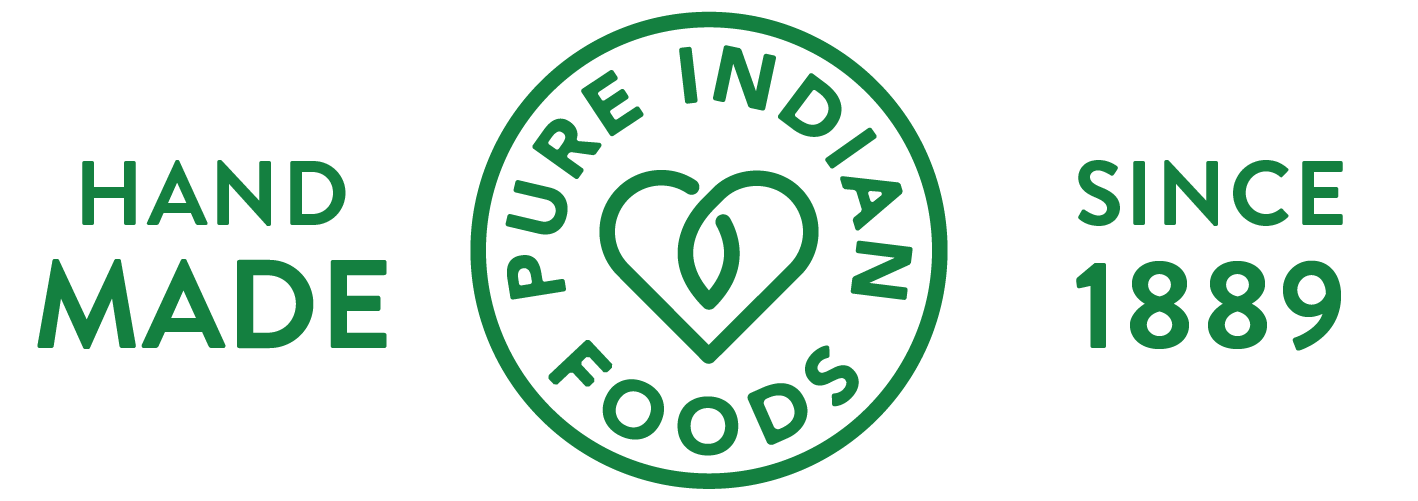Dairy intolerance can present in a wide array of annoying symptoms. Dairy intolerance should not be confused with a true allergy to dairy products. For most people who have dairy intolerance, it is simply unpleasant to consume dairy foods that trigger the annoying symptoms, but for those with true allergies, it may trigger a serious health problem and potentially even be life threatening.[1] Some typical examples of dairy intolerance are digestive problems (such as nausea, stomach pain, gas, bloating and bowel disturbances) and respiratory problems (such as congestion of the sinuses or chest, headaches from sinus congestion and sore throat).
The most common culprits
Most dairy intolerance is caused from foods that still contain significant amounts of the milk solids. The milk solids in dairy products are where the proteins and sugars are found. Casein, the predominate proteins found in milk and lactose, one of the sugars, are two of the biggest causative agents for dairy intolerance. In general, the liquid portion of milk (the whey and butterfat) is not what causes dairy intolerance (or allergic reactions) but if they do, trace remnants of milk solids that remain in with the whey or butterfat are the likely culprits for triggering problems. Commercial cow milk is a common problem for those who are intolerant to lactose. It has a significant amount of milk proteins and sugars.
Many people who have dairy intolerance simply avoid consuming dairy products. This is unfortunate, because there are so many important nutrients found in dairy and there are sometimes simple solutions to manage dairy intolerance.
The problems with lactose (and some solutions!)
This is probably the most common dairy intolerance problem- the inability to break down lactose, so that your body can assimilate it. Lactase is the enzyme that digests the milk sugar lactose. If lactose remains in a dairy product you need to have this enzyme present to metabolize this sugar. Lactase can be produced by certain cells that line your digestive tract. However, many people are unable to produce lactase. This may be genetic (you do not have the needed genes to produce this enzyme) or it may be an acquired defect (something has damaged your digestive tract, preventing it from producing lactase).
Approximately 70% of the population worldwide is lactose intolerant. Consuming real, unprocessed milk or raw milk cheeses from pasture-fed cows can solve this problem for many. That’s because these dairy have live, beneficial lacto-bacillus bacteria present. These “good” bacteria actually help you break down the lactose.[2] When the dairy product is pasteurized, as it is with most commercial milk and cheeses, these beneficial bacteria are unfortunately destroyed.[3] You can also buy some pasteurized dairy products which have had these healthy bacteria added back to them. Be sure to look for “live cultures” on the container- the more strains of bacteria the product has had added back to it, the better it will be for you.
However, dairy products from animals grazing on organic pastures are the “gold standard” in obtaining excellence when you are looking at the health benefits and nutrient value of the products. These types of real, whole milk dairy products offer a complete source of protein, vitamins and minerals, and lots of pro-biotic, beneficial bacteria which produce helpful enzymes (such as lactase) and vitamins (such as folic acid, niacin, riboflavin, B6 & B12) that your body needs to function optimally.
If you are sensitive to the milk proteins…
… then you need to choose products that have had most of the milk solids removed from them. As mentioned earlier, the casein milk proteins are the most problematic dairy proteins which triggers both dairy intolerance and true allergic reactions.[4] [5]
Here are some other alternatives
- Whey- This is the serum or liquid portion of milk. Usually, people who cannot tolerate dairy do fine with whey. The serum proteins in whey are highly digestible, and whey only has small amounts of the casein proteins when the milk solids are carefully separated. Milk solids are heavier and will tend to separate out and sink to the bottom. By carefully removing the liquid whey and then filtering it to further remove the milk solids, you can eliminate most all of the casein from the whey. The remaining milk solids can also be precipitated out with an enzyme like rennet or citric acid. You will still get protein, minerals and some vitamins in whey. If it’s not been pasteurized, many water soluble vitamins such as various B complex & C vitamins remain intact and you will also get the beneficial probiotic bacteria.
- Butter- Some people who can not consume milk or cheese (even unprocessed dairy) can tolerate butter because much of the milk proteins have been removed. Butter is comprised primarily of butter fat. You can also buy cultured butters to get more probiotic benefit.
- Ghee- Ghee is the least likely dairy product to cause unpleasant intolerance symptoms. During the clarification process of making ghee, the milk solids are almost entirely removed, leaving the healthy butter fats behind. Different ghees do vary, not only in flavor, but in quality. Very pure ghee (99 -99.5% pure butter oil) may have trace amounts of casein and lactose remaining, but unless a person is extremely sensitive, it will normally not cause problems, even if other dairy does.
Butter and ghee, if obtained from the milk of cows grazing on healthy, pesticide free pasture, offer important healthy fats that are vital for our health. These include Vitamins A, D, E and K2, and also key fatty acids like conjugated linoleic acid (CLA) and the Omega fatty acids (Omega-3 and O- 6 in the ideal proportions of 1:1).[6] (Please note, during cold weather months, when dairy cattle are not able to eat significant amounts of grass, and instead are primarily relying on hay, silage or grain, the healthy fat soluble vitamins are greatly diminished in their milk content. Thus it is best to consume butter and ghee made only from the milk of cows out on actively growing pasture.)
So don’t avoid dairy products just because you have symptoms of dairy intolerance. Instead, choose your dairy products carefully and you can usually find ones that don’t cause you problems and you will reap the many health benefits that dairy foods can offer.
Summary
Dairy intolerance should not be confused with a true allergy to dairy products. For most people who have dairy intolerance, it is simply unpleasant to consume dairy foods that trigger annoying problems (common ones such as nausea, stomach pain, gas, bloating and bowel disturbances). Most dairy intolerance is caused from foods that still contain significant amounts of milk solids which contain lactose and casein that can trigger problems. Many people who have dairy intolerance simply avoid consuming dairy products and therefore miss many important nutrients found in dairy.
There are some simple solutions to manage dairy intolerance and still gain the benefit of many of the nutrients found in dairy. One of the most common issues is intolerance to lactose. You can try unprocessed milk or cheeses from pasture-fed dairy animals. Or another option is pasteurized, cultured dairy products, like yogurt, from grass fed dairy animals. These types of dairy have live, beneficial bacteria present which help break down lactose for you. If you have intolerance problems with the milk proteins, then you need to choose products that have had most of the milk solids removed from them, such as butter or the ghee. The latter, ghee, is basically pure butter oil, which has had almost all of the milk solids removed from it and thus is much less likely to cause dairy intolerance symptoms. Raw, unprocessed milk from clean, grass fed sources offers the most nutrients, but when you are unable to tolerate it, butter and ghee, from those same sources, offer important healthy fats that are vital for our health. These include Vitamins A, D, E and K2, and key fatty acids like conjugated linoleic acid (CLA) and the Omega fatty acids in ideal proportions (Omega-3 & Omega- 6 in 1:1 ratio). Choose dairy products carefully, and you can usually find ones that don’t cause you problems and reap the many health benefits that dairy foods can offer.
References
1) http://www.mayoclinic.com/health/food-allergy/AN00179
2) http://www.dairycouncilofca.org/pdfs/probiotics.pdf
3) http://www.healthfullivingsf.com/recipes/insights/raw_dairy.php
4) http://web.archive.org/web/20021009215122/www.autism-diet.com/research.html
5) http://www.peds.ufl.edu/divisions/genetics/programs/autism_card/casein.htm
6) http://www.eatwild.com/articles/superhealthy.html
Disclaimer: Please note the views and opinions in this article are for educational purposes only. The information is not intended as a substitute for medical advice. For questions about how to treat your illnesses, please consult your health care providers.


Leave a Reply